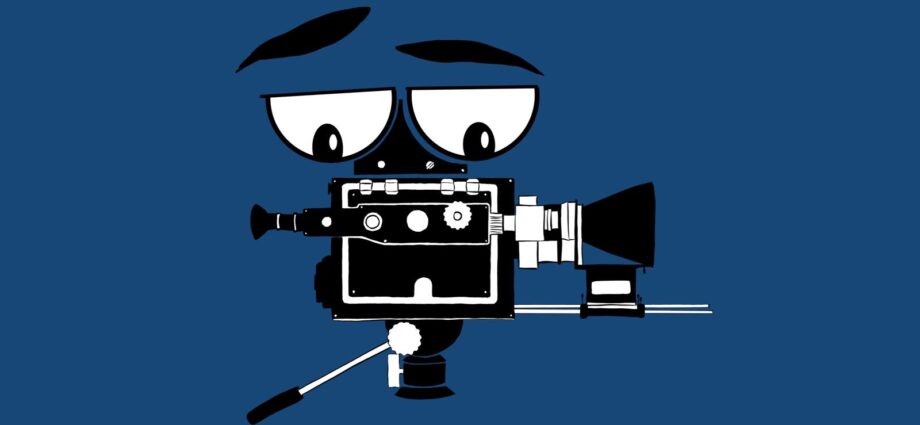By Lauren Griesedieck
What is the male gaze?
Laura Mulvey first used the term male gaze in her essay “Visual Pleasure and Narrative Cinema,” where a woman is merely portrayed as an object to be viewed by a man. As she is a film critic, she applies her theory to films, drawing upon examples of women being portrayed in a fetishized manner and as sexual objects, rather than as human beings with individual personalities and qualities. Mulvey argues that this, in turn, creates a phallocentric and heteronormative world order, where male voyeuristic tendencies are empowered to control women.
Although this is a film-based concept, the term is extremely noticeable in the way women are portrayed throughout all forms of media. Women are hypersexualized in many different capacities. Video games depict women in small and tight outfits with slim body shapes, while the men are muscular and much larger than the women by comparison, portraying them as dominant. Magazines tend to present the “perfect” image of women by photoshopping out any existing imperfections, sometimes to the point of absurdity. This website gives many extreme photoshop examples. There is also a big difference in men and women’s uniforms in sports. Even in the olympics, female sand volleyball players are given what looks like a sports bra and underwear, while male players wear basketball shorts and tank tops. Women are continuously sexualized and objectified in the media.
The male gaze is also described by Margaret Atwood in her novel The Robber Bride:
“Male fantasies, male fantasies, is everything run by male fantasies? Up on a pedestal or down on your knees, it’s all a male fantasy: that you’re strong enough to take what they dish out, or else too weak to do anything about it. Even pretending you aren’t catering to male fantasies is a male fantasy: pretending you’re unseen, pretending you have a life of your own, that you can wash your feet and comb your hair unconscious of the ever-present watcher peering through the keyhole, peering through the keyhole in your own head, if nowhere else. You are a woman with a man inside watching a woman. You are your own voyeur.”
Implications
Atwood says that even pretending that you do not cater to the male fantasy is, in itself, catering to the male fantasy. Thinking about it in this way, the male gaze is inescapable. This even plays into internalized misogyny, where women subconsciously project sexist ideas onto other women or themselves. By acting through the male gaze, we subject ourselves to patriarchal rules and norms, which is itself misogynistic. What we end up with is, for example, shaming other women for doing something that you personally would not do. However, internal misogyny can be as simple as saying “I would much rather hang out with boys — girls are too much drama.” In this instance, it shows that other girls are not worth your friendship because they are inferior to the friendship that you could have with a boy. This also perpetuates the stereotype that women are too dramatic, while men are level-headed and rational. Similar to Atwood’s description of the male gaze, internalized misogyny has played a role in every woman’s life. Either through family members, social media, or even through herself.
My actions, even at a young age, were somewhat shaped based on how I wanted to be perceived by my male peers. They seem harmless on the outside, but the need I felt to be different than other girls was to make myself stand out more to the boys by appealing to the things that I thought they liked: a “cool” and “not girly” girl. I decided to change my favorite color from pink to red, play soccer, and even appealed to my friends to do the same. This continued throughout middle school and high school, where I tried to differentiate myself from other girls in order to attract the male gaze.
The concept of the male gaze is first and foremost about sexual desire of men, but it also has implications in terms of future relationships. This type of internalized thinking is very dangerous, as we are imagining ourselves on the basis of what others want to see from us. By changing our image to become more attractive to our employer, partner, or friend, we are no longer truly expressing ourselves.
The male gaze is inescapable. However the first step into overcoming it is to recognize its existence. We must each recognize our role in internalized misogynistic practices and how the male gaze has impacted us personally. We must also take steps to express our preferences, ideas, and beliefs without feeling the need to compare ourselves to others. Our personal value is not about how valuable we are to others.
Works Cited
Atwood, M. (1993). The robber bride. New York: Nan A. Talese/Doubleday.
Mulvey, L. (1975). Visual Pleasure and Narrative Cinema. Screen (London), 16(3), 6-18.
Edited by Karolina Hajna
Artwork by Mira Kurtovic

